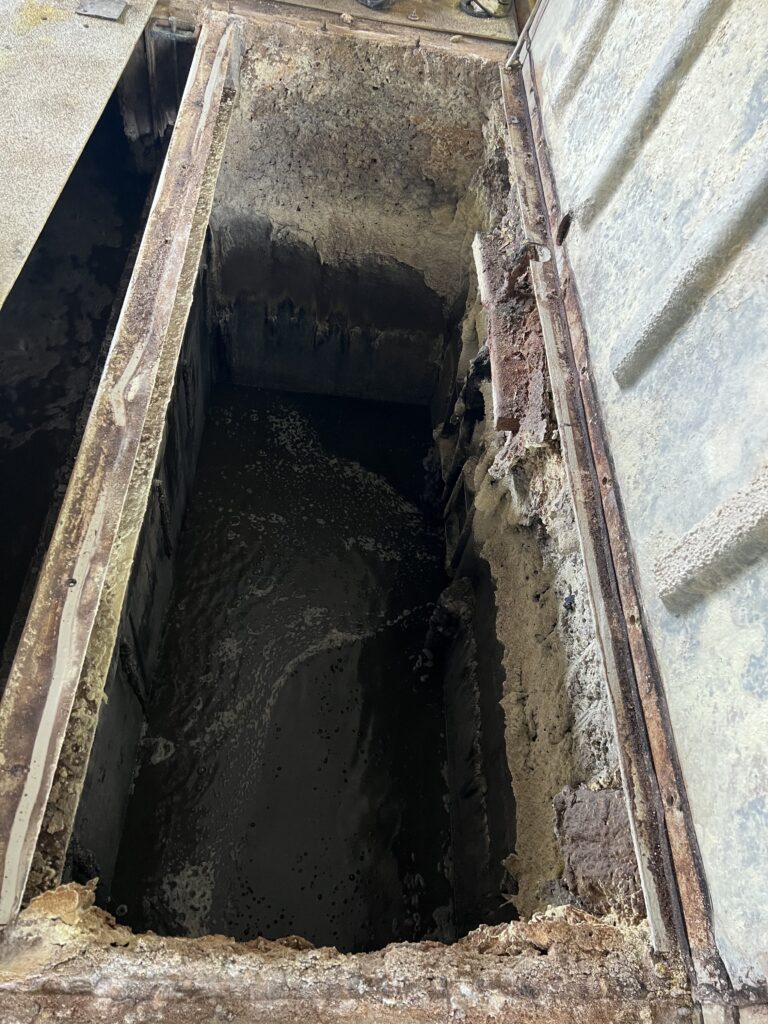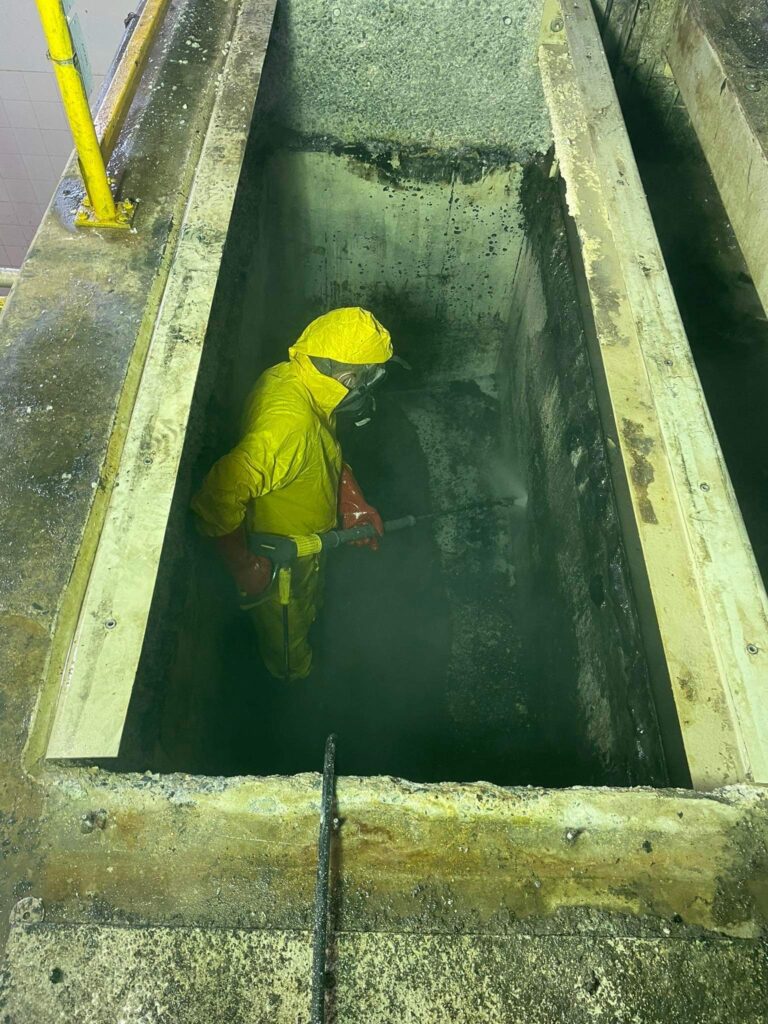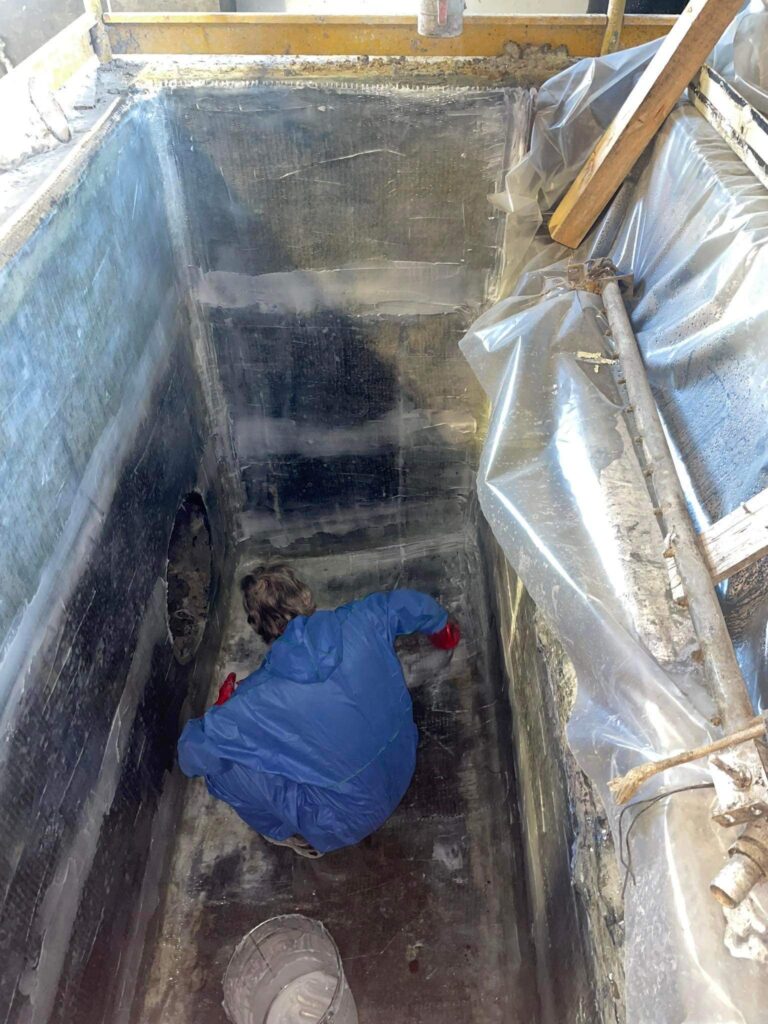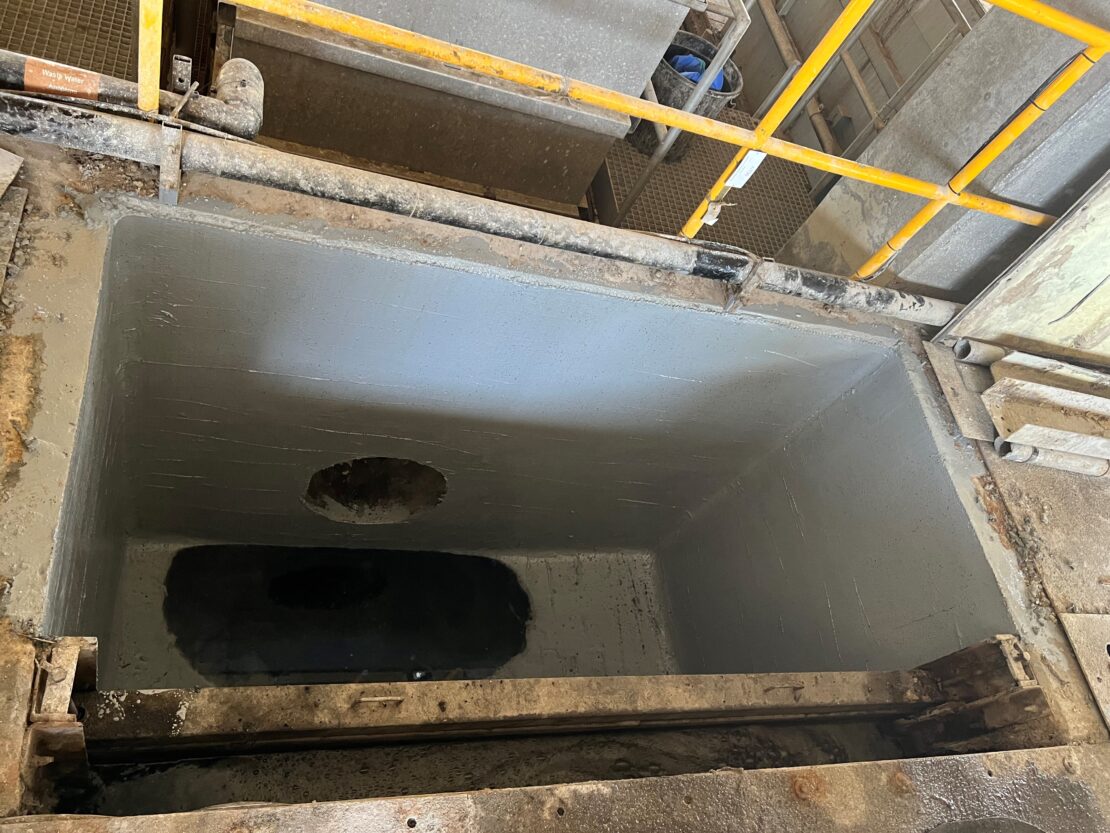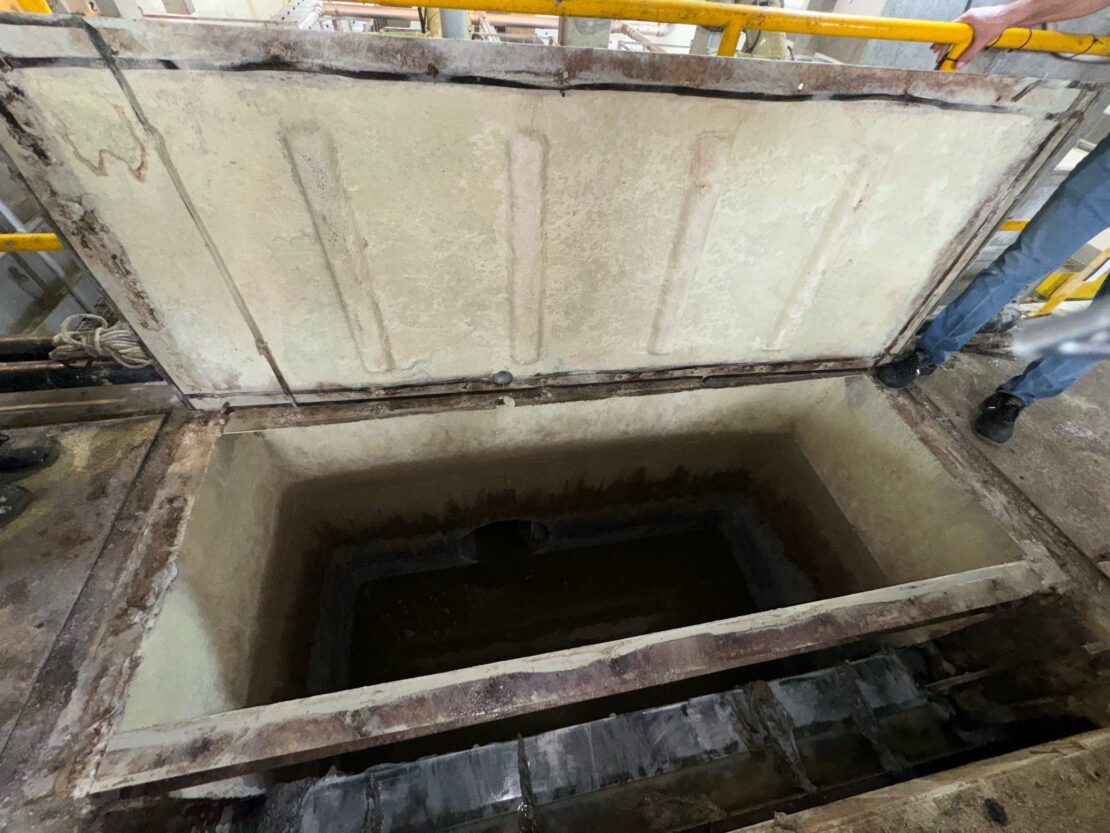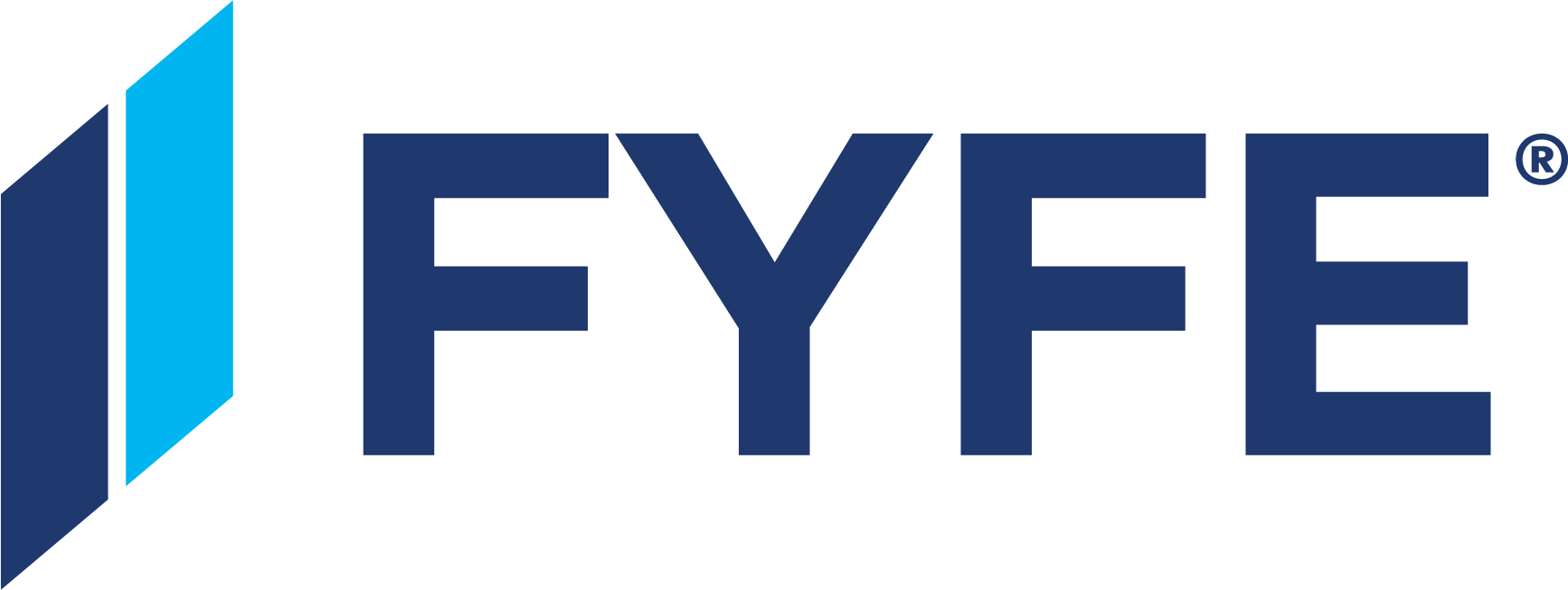Tank Rehabilitation
BACKGROUND TO REHABILITATION PROJECT
The Larnaca Sewage and Drainage Board was created in the late 1970s following heavy rainfall which caused destructive floods in the region. The system at the time needed to be upgraded due to the influx of development in the region, and when the flood occurred the town Major took the decision to place a focus on the provision of improved sewage and draining services.
A number of treatment facilities were constructed which now cater for the regional population of around 150,000.
ISSUES
A new treatment plant, constructed 12 years ago, included the creation of four ground tanks which hold raw sewage when it initially enters the facility.
When initially constructed the tanks were coated with epoxy paint. In the short time the tanks have been in use, the highly corrosive sewage has eaten away the protective paint and concrete and left the tanks with exposed rebar which also started to corrode.
AND THE SOLUTION
quakeGuard is a long-standing partner of Fyfe FRP with a history of working together stretching back 24 years.
The company is known to the Larnaca Sewage and Drainage Board so when engineers identified the need to rehabilitate the tanks, they called on quakeGuard for help. quakeGuard’s Kleopas Papanikolaou said the Board was looking for a repair that would last and requested a 10-year guarantee.
SUMMARY
- Four sewage-holding ground tanks had corroded.
- The client required a 10-year guarantee on rehabilitation work.
- Tanks required extensive repairs.
- Rehabilitation required Fyfe’s SEH-31A glass fabric with Tyfo® S epoxy and Tyfo HCR as a high corrosion resistant final coating and finish.
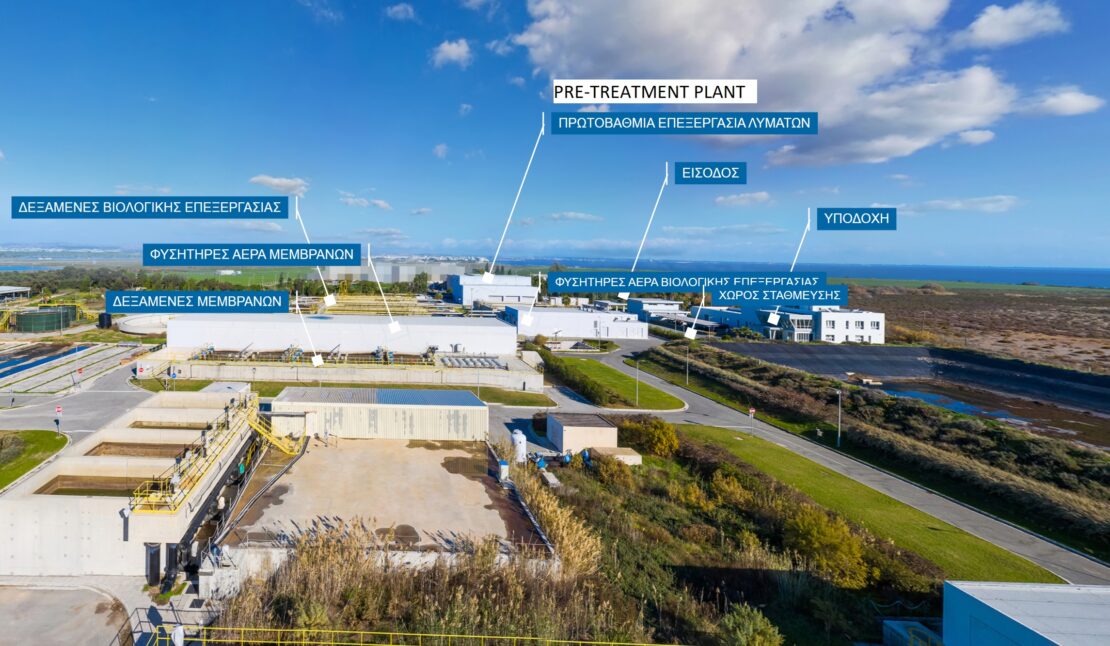
Together, Fyfe and quakeGuard worked to engineer a solution to the issue with a decision made to use Fyfe’s SEH-31A glass fabric with Tyfo® S epoxy with the Tyfo HCR as a high corrosion-resistant final coating and finish.
To complete the repair the quakeGuard team closed one chamber at a time while the other chambers continued to operate, allowing the facility’s operations to be unaffected. The chambers were then water blasted clean, all deteriorated concrete was removed, and repairs were made to the corroded rebar with a concrete mortar applied to build up the affected areas. Once this was completed the Tyfo systems were applied.
Work took place in December and January, a time when the region receives high rainfall. The quakeGuard team had to work round rain events to ensure the surfaces of the chambers had time to cure properly before the next layer of repair took place. In all, each chamber took a week to complete.
In all, four chambers have been rehabilitated with plans for future repair work in place.
To ensure the 10-year guarantee, Kleopas and his team visit every two years to inspect the quality of the repair and, at their last visit, were pleased to see that no further corrosion has taken place, and the Tyfo FRP system looks as good as new.
